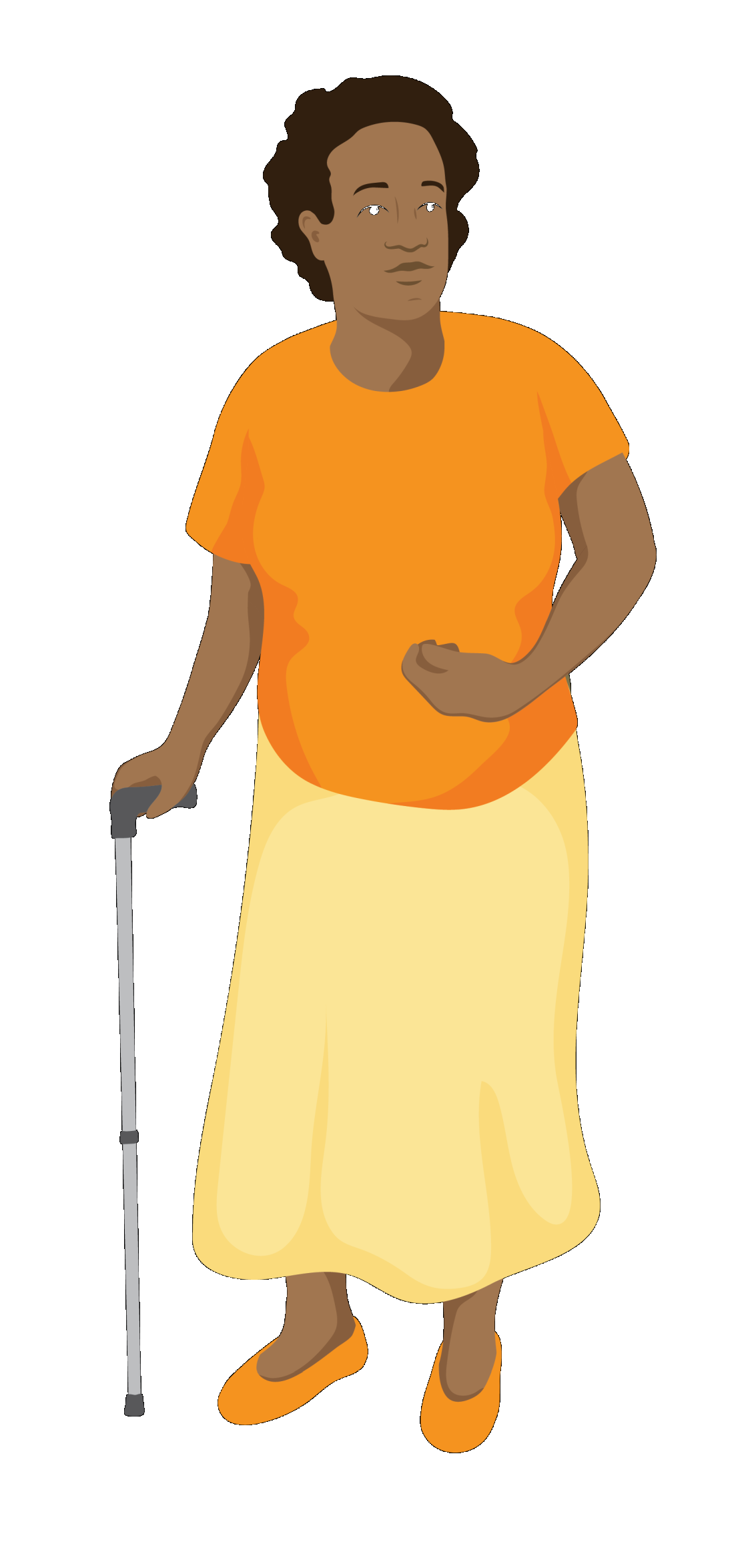1. Person centered care
Rehabilitation is a highly person-centered form of healthcare
The person’s health and social care needs and goals are valued in the provision of rehabilitation, and not just the health condition.
Person-centered rehabilitation is usually achieved through:
- Understanding the life and priorities of the person requiring rehabilitation including how the health condition is impacting the person’s life. This is done through a thorough screening and assessment which provides information on areas of difficulty including daily activities and community participation.
- Setting goals that inform the focus of their rehabilitation and involving them in making decisions about their own care. This usually occurs during the planning phase where the patient and healthcare provider reach a shared understanding of the aim of their rehabilitation care.
- Educating and empowering the person to manage their functional limitations and overall health condition. Persons requiring rehabilitation are motivated and given the requisite support to be able to continue their rehabilitation in their homes and communities.
![]() Question
Question

Remember Aida?
Aida had a stroke and has weakness on the left side of her body and is unable to use her left arm, walk or maintain her balance. She lives alone and has not been working since she had the stroke. Aida has also not been able to renew her health insurance because she cannot afford it.
The nurse at the local clinic that Aida attended to made a plan for Aida’s rehabilitation which involved muscle strengthening exercises, gait training and self-care interventions as well as providing Aida with a walking aid. They then asked her to report every day at the clinic for her rehabilitation care.
Aida was asked to return to the clinic daily for two weeks but after two sessions she did not return.
Why do you think Aida’s did not attend all her rehabilitation sessions?
- a. She felt discouraged that she as not improving fast enough
- b. She could not afford rehabilitation care for more than a couple days
- c. Her family thought it was a waste of time and money.
- d. All of the above
If you selected d, you are correct.
Aida initially thought she might get better after one or two rehabilitation sessions. She also did not have money to renew her health insurance or get transport to the clinic. Aida’s family had not heard about rehabilitation before, they thought that people have no recovery after a stroke.![]() Discussion
Discussion
What do you think could have been done differently to enable Aida to receive rehabilitation twice a week for three weeks?
Healthcare workers should have incorporated person-centered care into Aida’s rehabilitation. If Aida had been involved in the planning of her rehabilitation the healthcare worker would better informed about her financial challenges. The plan would therefore have involved teaching and educating Aida on how to do some of the rehabilitation interventions at home. This would reduce the frequency of her visits to the local clinic and saved Aida money while receiving full rehabilitation care. Person-centered care also entails education about the health condition and explaining how improvements occur and over what time frame, it may also include an invitation to family members to attend rehabilitation so they could be educated as well.
